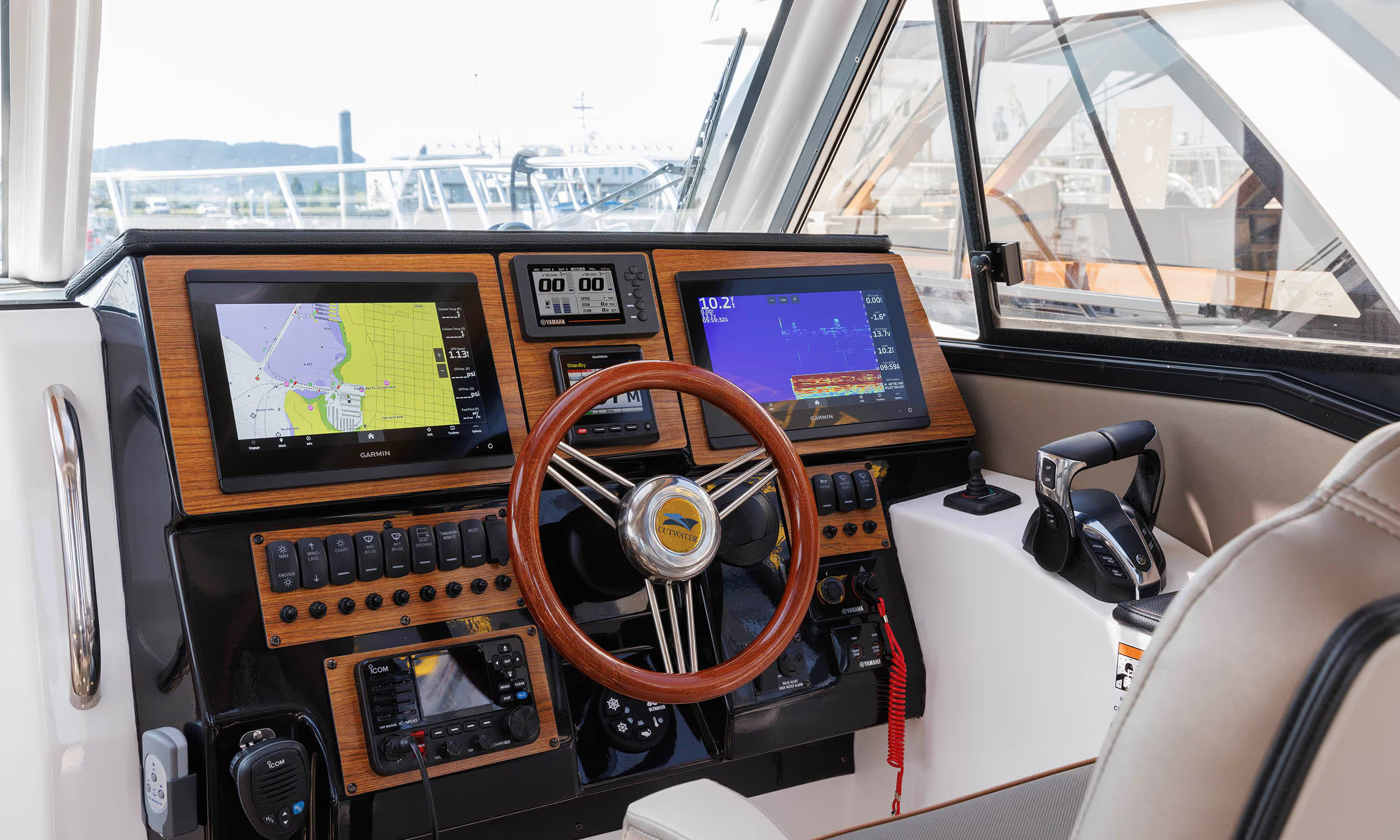Posted on
Tuesday, August 19, 2025


Boaters often encounter two units of measurement when discussing speed: miles per hour (MPH) and knots. Both are valid, but the choice depends on context and purpose.
Miles per hour (MPH) is familiar and intuitive. It’s widely used on land and makes sense for casual boating scenarios where precise navigation isn’t critical — such as cruising a lake or sightseeing along the shoreline.
Knots, on the other hand, are designed for navigation. One knot equals 1.15078 MPH, but more importantly, it represents one nautical mile per hour. Since nautical miles align directly with latitude, longitude, and marine charts, knots make plotting courses and estimating arrival times simpler and more accurate.
Knots are intrinsically tied to nautical miles, which correspond with the Earth’s geometry and integrate seamlessly with GPS systems, latitude/longitude coordinates, and traditional paper charts. This is why knots remain the preferred unit for marine navigation worldwide, regardless of whether a country uses metric or imperial systems on land.
Unlike a statute mile, a nautical mile is derived from the planet itself. One nautical mile equals one minute of latitude, which translates to approximately 6,076 feet or 1,852 meters. This direct relationship between distance and the Earth’s surface made nautical miles the logical choice for navigation, allowing distances on charts, marked in degrees and minutes, to correspond exactly with real-world travel.
The term “knot” comes from an early, ingenious method of measuring speed at sea. Sailors used a “chip log” a weighted wooden board attached to a rope knotted at measured intervals. The log was tossed overboard, and as it trailed behind the vessel, sailors counted the knots that passed through their hands during a fixed interval measured by a sandglass.
The number of knots counted equaled the vessel’s speed in nautical miles per hour.
While low-tech by today’s standards, the method was clever, reliable, and effective, even on dark, moonless nights when sailors had little more than the wind, stars, and ocean currents to guide them.
